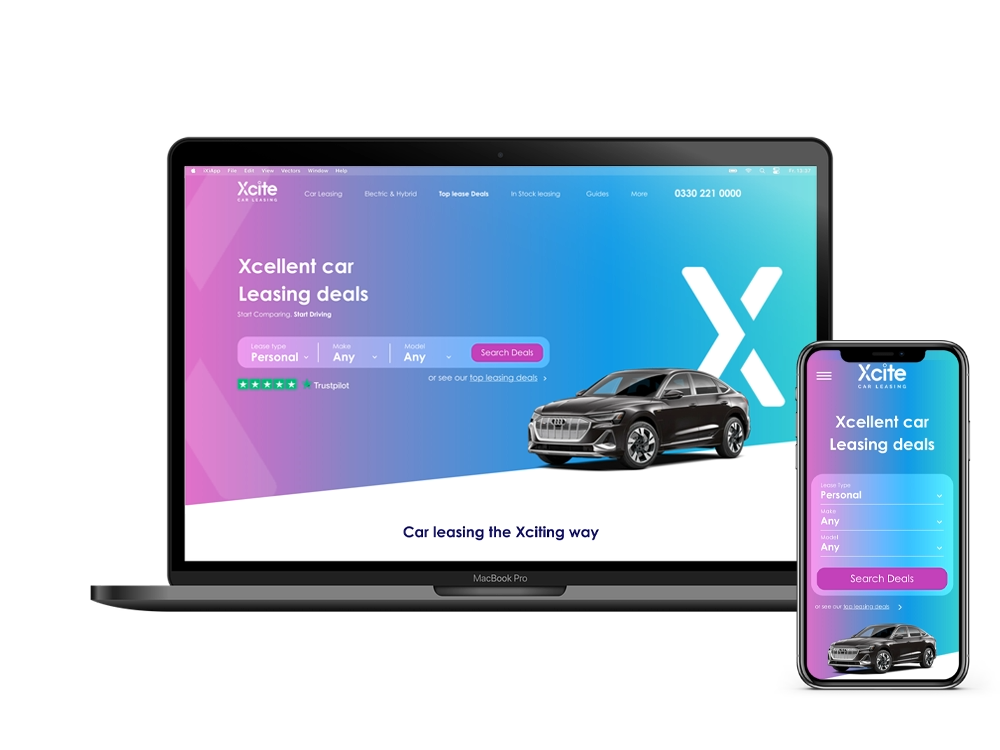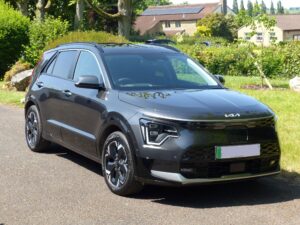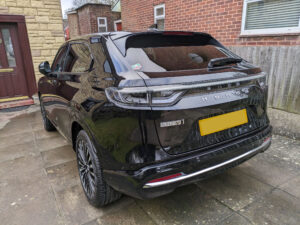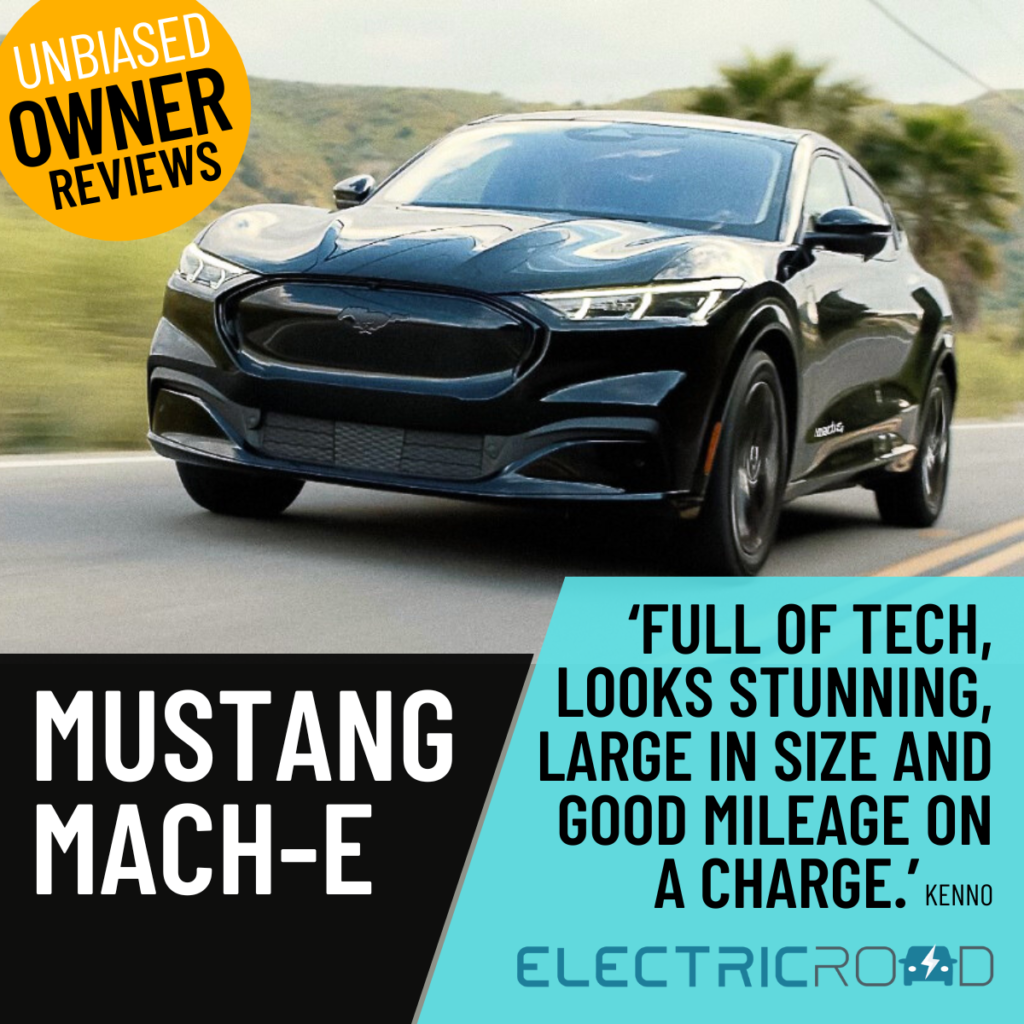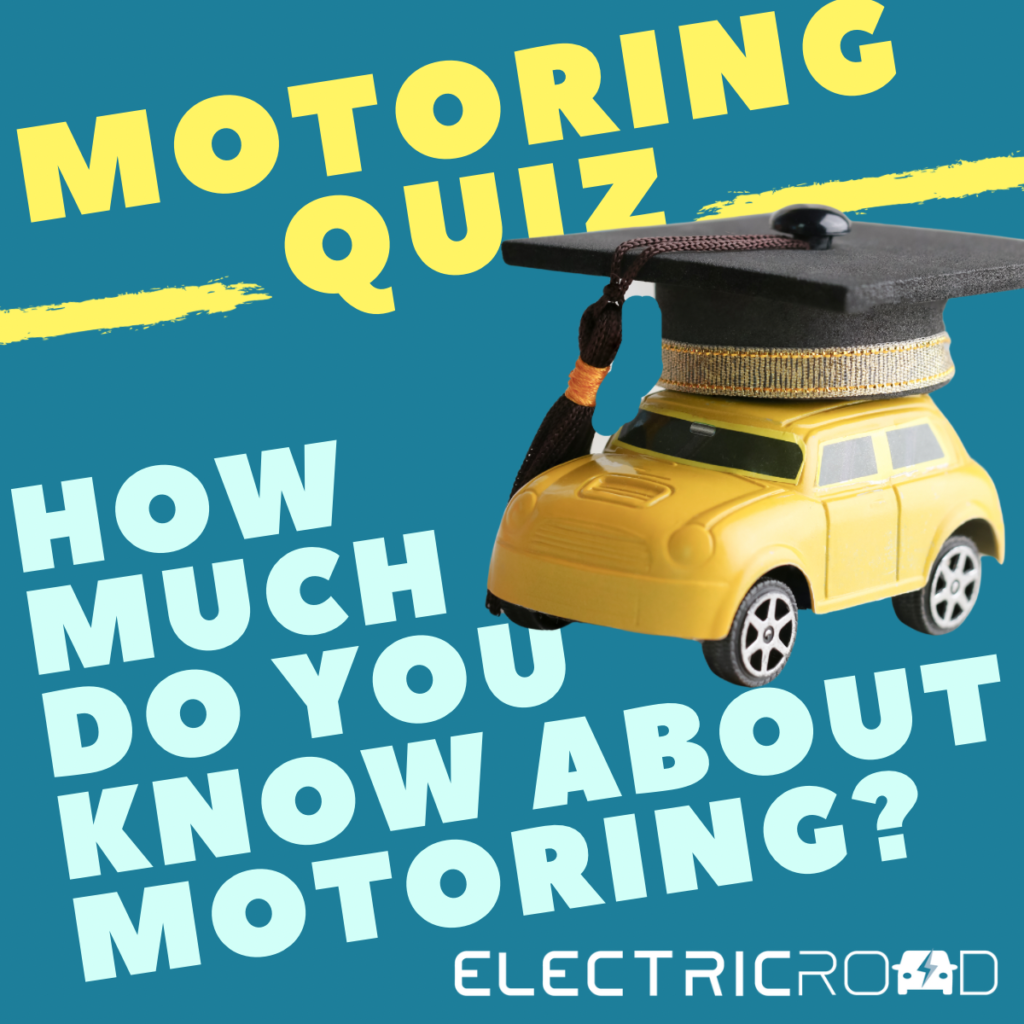Welcome to Xcite Car Leasing’s Guide to Leasing an Electric Car.
We hope you find this useful on your road to electric.
Introduction
An electric vehicle is one that is powered by an electric motor instead of or in a hybrid alongside a traditional internal combustion engine. They use rechargeable batteries that you charge by plugging the vehicle into a charging point to take electricity from the power grid.
Types of electric vehicles
Electric vehicles fall into one of two categories – fully electric and hybrid.
Fully electric vehicles, sometimes known as pure electric vehicles (EV) or battery electric vehicles (BEV) use a rechargeable battery to power the car rather than the traditional combustion engine.
As well as fully electric vehicles there are several hybrid options. These include plug-in hybrids, mild hybrids and full hybrids, sometimes called self-charging hybrids. For more information on hybrid vehicles please take a look at our hybrid vehicle guide.
Why choose an electric car?
There are a lot of reasons to choose an electric vehicle for your next lease. Take a look at our top ten below:
- Fully electric vehicles produce zero emissions so are better for the environment
- As they have no emissions you will not need to pay road tax on fully electric vehicles that are listed at under £40,000
- Electric vehicles have lower overall running costs
- There are fewer moving parts in electric vehicles so the cost of servicing and maintenance on them is generally lower
- There are a lot of tax benefits and incentives you might be eligible to apply for if you decide to lease an electric car, including government grants and lower Benefit in Kind (BIK) rates
- Until December 2025 fully electric vehicles are exempt from the Congestion Charge in London, provided you register with TfL in order to be exempt
- It is getting easier and easier to charge electric vehicles with more car parks and retail centres designing electric parking areas with charging points. You can also install a charging point at home for overnight charging.
- The electric car market is a growing one and most manufacturers are committed to designing zero emission vehicles so there is an ever-expanding range of models for you to choose from
- Electric vehicles make very little engine noise so you’ll have a quieter driving environment
- There are apps available that show you a map of all the UK’s charging points, so you can plan your journey or find your closest charger very easily.
For a look at all the benefits of Electric vehicles just click here.

Is electric right for you?
When deciding if an electric vehicle is the right choice for you there are a number of things you will want to consider.
Unlike with a petrol or diesel vehicle an electric car can only travel a certain number of miles before you will need to charge it. The ranges that electric models offer are usually less than their fuel-powered counterparts and the charging time is longer than filling up at a petrol station would be.
This causes some drivers to experience what is called range anxiety, the worry that they will not make it to their destination without having to charge the car. If you do a lot of long journeys with little time between trips then you will need to factor in charging times when deciding if an electric vehicle would work for you.
To help you understand what might affect the range of your vehicle we’ve put together this useful article which covers everything from battery condition, vehicle weight through to even considering the weather.
Electric cars are becoming more popular and with this there are more charging points being built all the time but there are still fewer charging points than petrol stations. There are maps that can help you find charging points on your journey but you may still need to plan your stops more than you would with a petrol or diesel car.
Compared to the few minutes it takes to fill up at a petrol station charging your electric car takes a longer time. This can be inconvenient if you’re half way through a journey and then need to wait for the vehicle to be charged before you can continue.
If you do not have off-street parking then you will not be able to install a home charging point. If this is the case you will need to look at other available charging points and how you will manage charging the vehicle.
Although electric vehicles are growing in popularity, compared to petrol and diesel cars there are fewer models for you to choose from. Most brands only have one or two electric vehicles in their range currently compared to the many petrol and diesel variants. However, car manufacturers are looking to add more fully electric and hybrid options to their ranges in the coming years.
Charging
To charge your electric vehicle you will need to plug it in. You will be able to do this at a variety of public locations including shopping centres, car parks and motorway service stations.
If you want to take a look at available chargers across the UK then carwow’s interactive map shows you all the public chargers available. Check it out by clicking here.

There are different types of connectors for charging and these vary between vehicle models and the power rating of the charging point.
Most vehicles have a type one or type two connector for slow and fast charging and either a CHAdeMO or CCS for DC rapid charging. Tesla Model X and Model S are the exception to this as they use a type two connection for rapid charging.
The time it takes for a vehicle to charge can vary for a number of reasons, including:
- The type of charging station
- How much power the station can provide, which is measured in kW
- How much power the vehicle can accept.
There are three power ratings of charging station in the UK; rapid, fast and slow. Click below to take a look at each type.
Rapid
- There are two types of rapid chargers in the UK, AC (alternating current) and DC (direct current) AC chargers offer 43kW and DC chargers usually offer around 50kW. The only exception to this is Tesla’s DC Superchargers that offer 120kW.
- Not all cars are compatible with rapid chargers
- These are not as common as fast or slow chargers.
Fast
- Offers between seven and 22kW of power
- Usually uses a type one or type two socket
- The most common type of charger in the UK.
Slow
- Up to 3kW of power
- Use a type two socket or three pin plug.
As well as using public chargers many people also have a charging unit installed at home so that they can charge their car at a convenient time like overnight whilst parked in the garage.
For more information on charging an electric vehicle and the types of chargers that there are then check out this article.
Hybrid vehicles
Hybrid vehicles combine an internal combustion engine with an electric motor and so are often seen as a stepping stone between a petrol/diesel car and a fully electric version.
As hybrids don’t all need to be charged they also require less adjustment to fit into your existing driving and parking habits.
There are three types of hybrids available in the UK: plug-in hybrids (PHEV), mild hybrids (MHEV) and full hybrids (HEV), sometimes known as self-charging hybrids.
As mentioned earlier, we’ve got a separate guide on hybrid vehicles to help explain the differences between these three and why you might consider a hybrid vehicle rather than a fully electric option.


